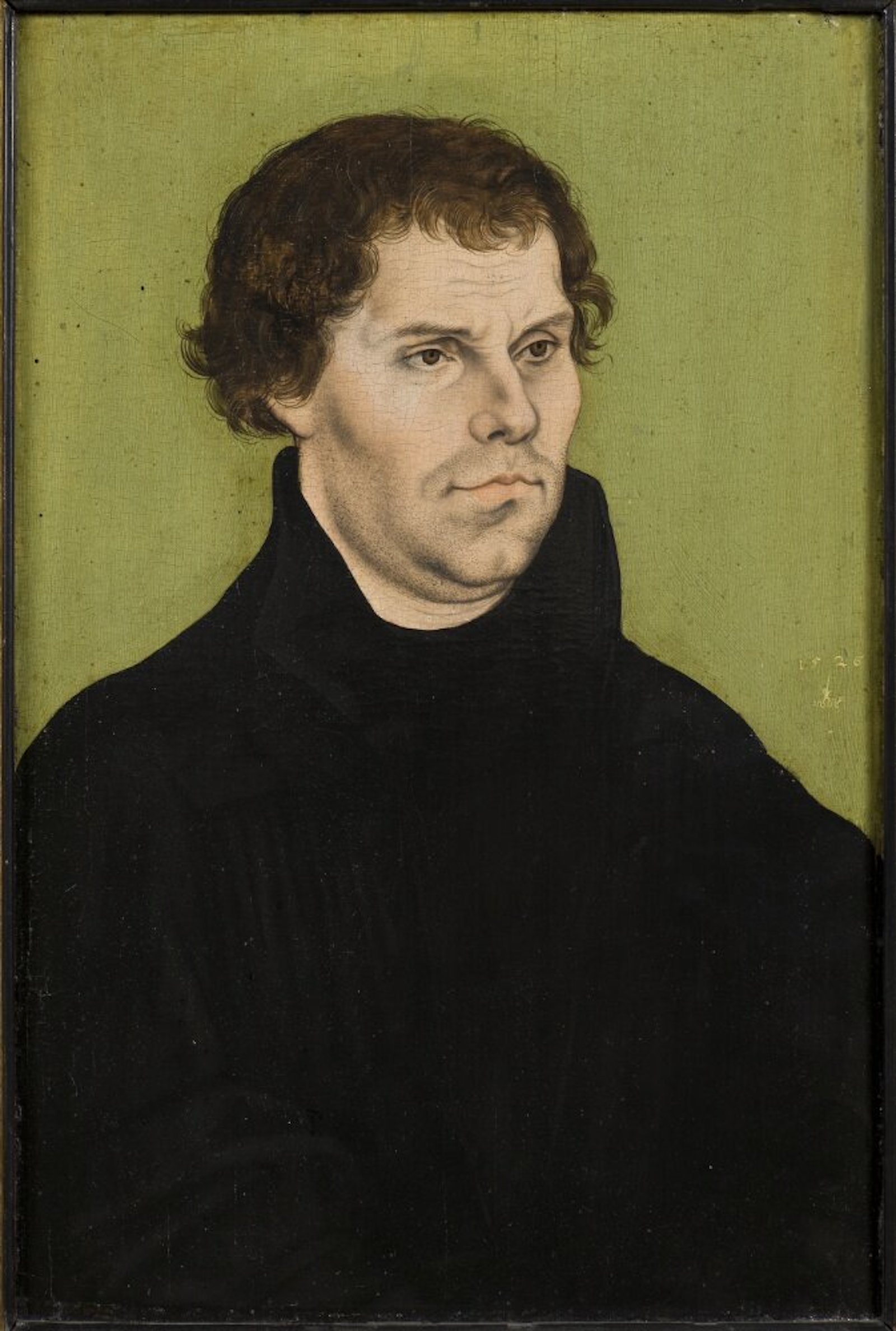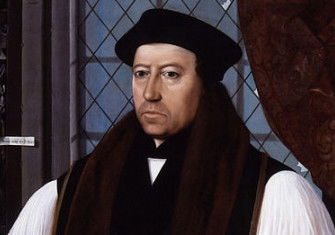Martin Luther and the German Reformation
A comprehensive account of the life of Martin Luther, the man who split western Christendom for good.

Five hundred years ago, in an obscure town in a remote part of Germany, an Augustinian friar set in train a series of events that led to the permanent splintering of western Christendom. The story of Martin Luther posting his Ninety-Five Theses against Indulgences to the door of the castle chapel in Wittenberg is a defining moment in German history. But what were the origins of Luther’s movement for religious reform? How should we understand the individuals and the events that propelled his protest from Wittenberg onto the European stage? And how can we explain the Reformation’s significance in the context of contemporary concerns?







